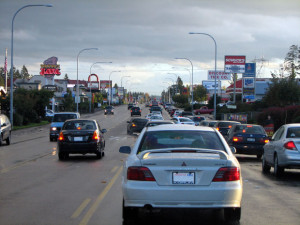Although children are typically the victims in injury lawsuits, they can sometimes be the ones who cause injuries. 
The question of whether parents may be held liable will depend on a number of factors, including:
- The age of the child;
- The child’s developmental ability to exercise caution;
- Child’s mental capacity;
- Specific details of the accident.
In general, Florida law holds that children under 6 are incapable of negligence – including comparative negligence for their own injuries. In cases where children are found negligent, parents – who are legally responsible for the children – may be held vicariously liable due to the legal theory of respondeat superior (Latin for, “Let the master answer”). But parents can’t be held vicariously liable unless there is a legitimate claim of liability against a child.
A recent case before the Utah Supreme Court asked the court to consider: How young is too young to be negligent? Continue reading ›
 Florida Injury Lawyer Blog
Florida Injury Lawyer Blog













